Washed Up
Alejandro Durán waste hunting
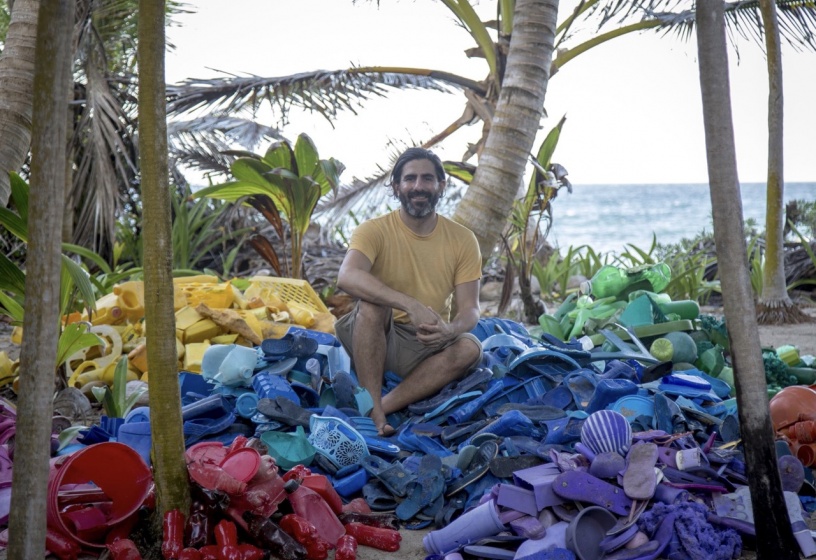
He defines himself as an eco-artist. Through his artworks, installations, photographs and videos, Alejandro Durán explores the relationship between man and nature, revealing the impact of our consumer society on the world. In his lens: plastic debris. He came from New York where he lives, to present his work at the latest edition of the Luxembourg Sustainability Forum. Meeting with this committed Mexican artist...
INTERVIEW
Sustainability MAG : Your work is largely associated with the issue of disposable plastics. How did your desire to work on this matter come about?
Alejandro Durán : In 2010, I visited the Sian Ka’an Biosphere Reserve in Mexico and was blown away by the quantity of trash that I found covering the beach in this paradise and UNESCO World Heritage site. I soon found out that the garbage was washing ashore from all over the world. After my initial disgust, I began to gather the colorful objects and make ephemeral installations on the beach or jungle landscapes. Nine years later I’m still working on the project.
Your photographs highlight our current culture, the one of the ultra-disposable… Can you tell us more about that?
The stuff that I find washed up on the coast of Mexico are objects that we all use everyday… beverage containers, toothbrushes, lighters, combs, deodorants, ropes, toys, and the list goes on and on. These products serve us for a very short period of time, perhaps only minutes, and when we dispose of them they can potentially last for centuries and destroy ecosystems that we depend on. It’s time that we rethink our relationship to these single-use products.
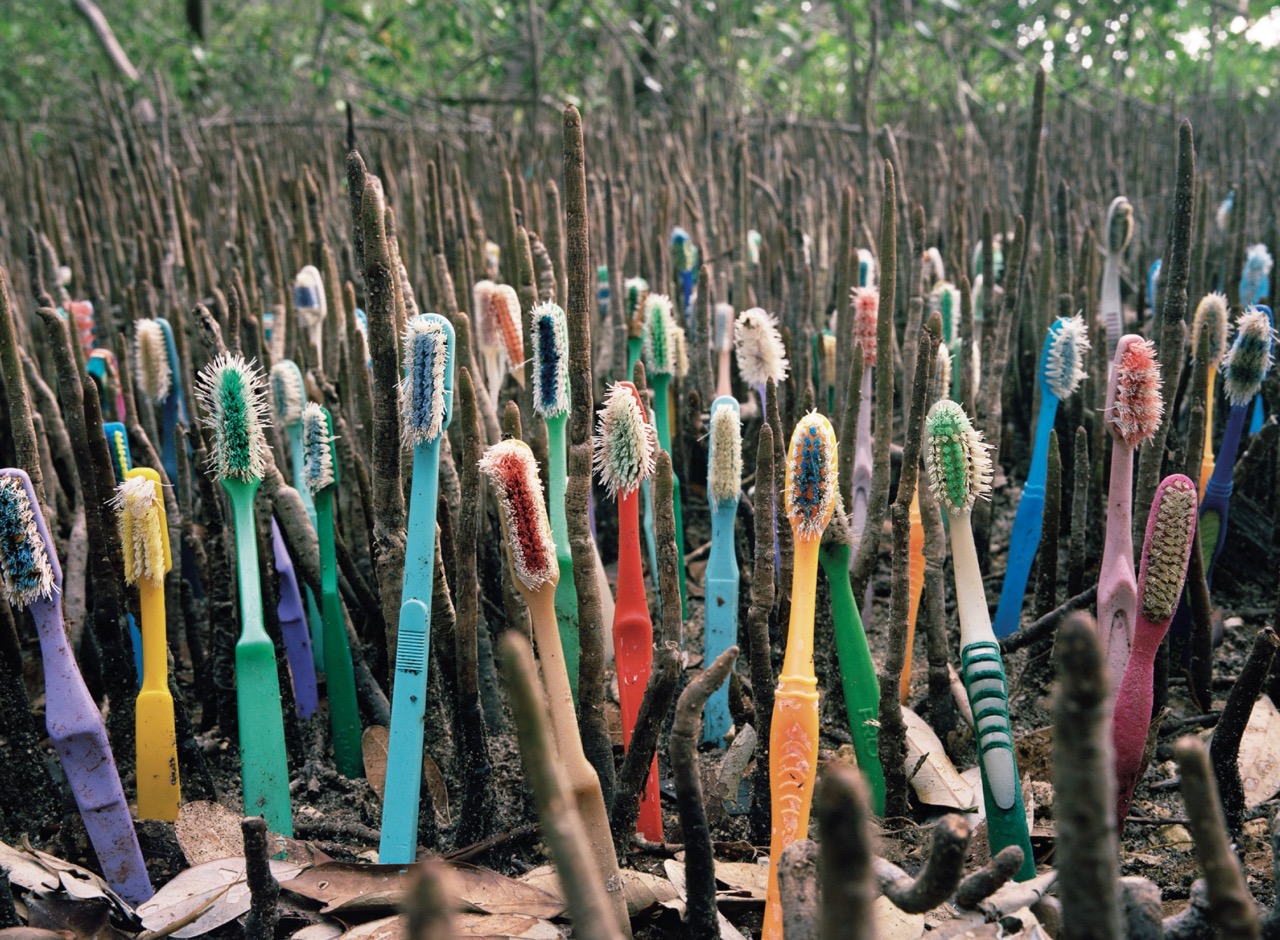
"Brotes"
A striking aspect of the exhibition is the wall featuring the various origins of the waste you found on the beaches. You can find this in almost all countries! Is this your way of calling for everyone's responsibility as a consumer on facing this global problem?
In order to come up with a solution to the problem of plastic pollution, I think that it is very important to understand where the garbage is coming from. It has been fascinating to see that the trash landing on Mexico’s Caribbean coast is coming from all over the world. I can never know where a product has been dropped but sometimes I am able to see where it was made, and so far I’ve found trash from 58 different countries and territories from 6 continents. It is the world’s trash, all of our trash, and yes, we will need everyone’s help in order to stop the disease that is plastic pollution.
How did the Luxembourg public react to your work?
I felt very well received in Luxembourg. I had many great conversations after the event and was invited to speak in Brussels a few weeks later. I was honoured that the Prime Minister attended and I was very happy to give him a walkthrough of the exhibition. I hope to return to Luxembourg soon!
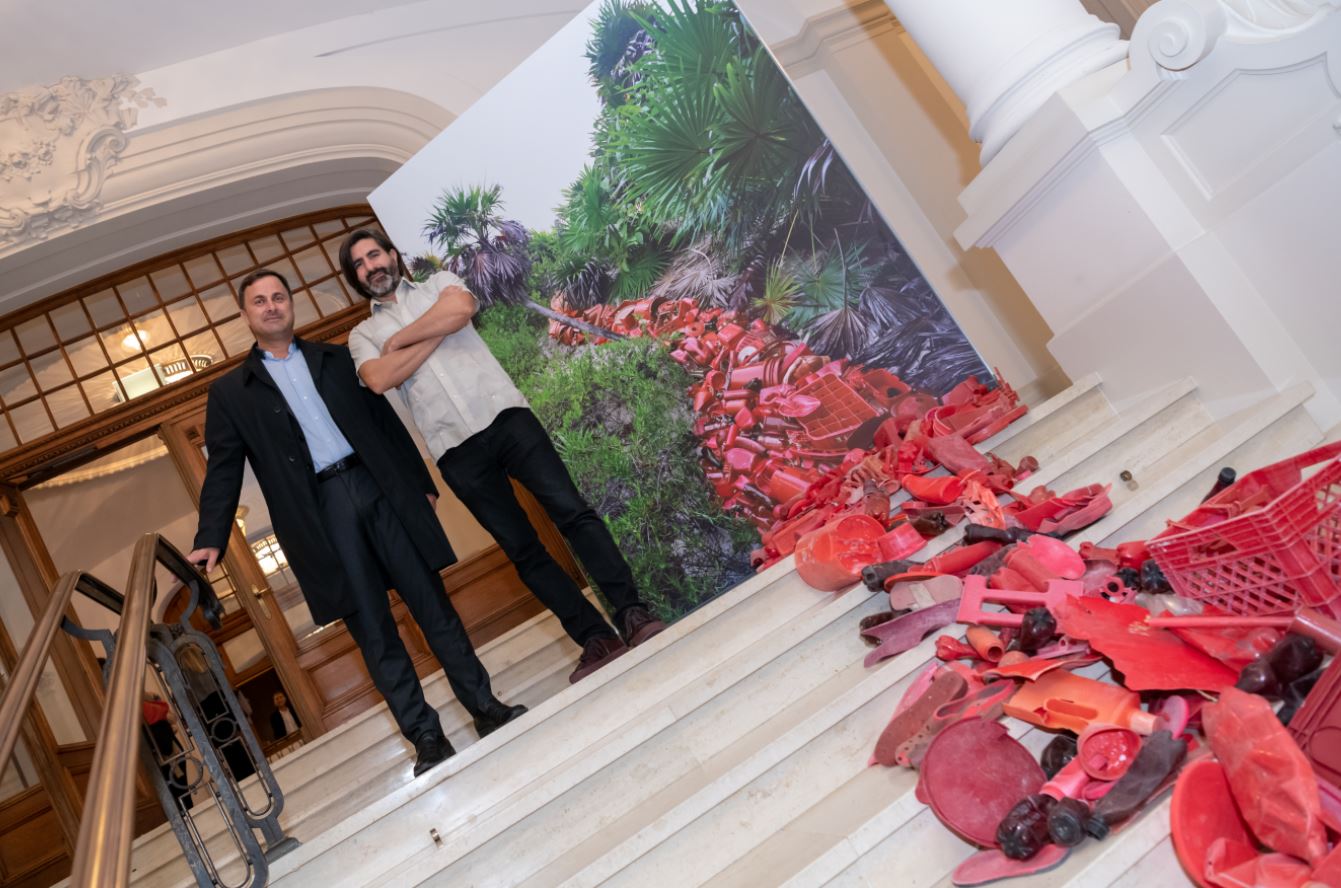
Xavier Bettel and Alejandro Durán next to "Vena"
Can you tell us about Vena, the installation that surprised visitors as soon as they entered the forum’s venue?
Vena is a new direction in my work where the garbage that I’ve found appears to spill out from the photograph, reminding us that when we throw something away, there is no such thing as “away”, as it comes right back to haunt us. Years ago somebody had seen an early version of Vena on the beach and told me that the message of the work was clear. The earth was bleeding. This interpretation still impacts me today.
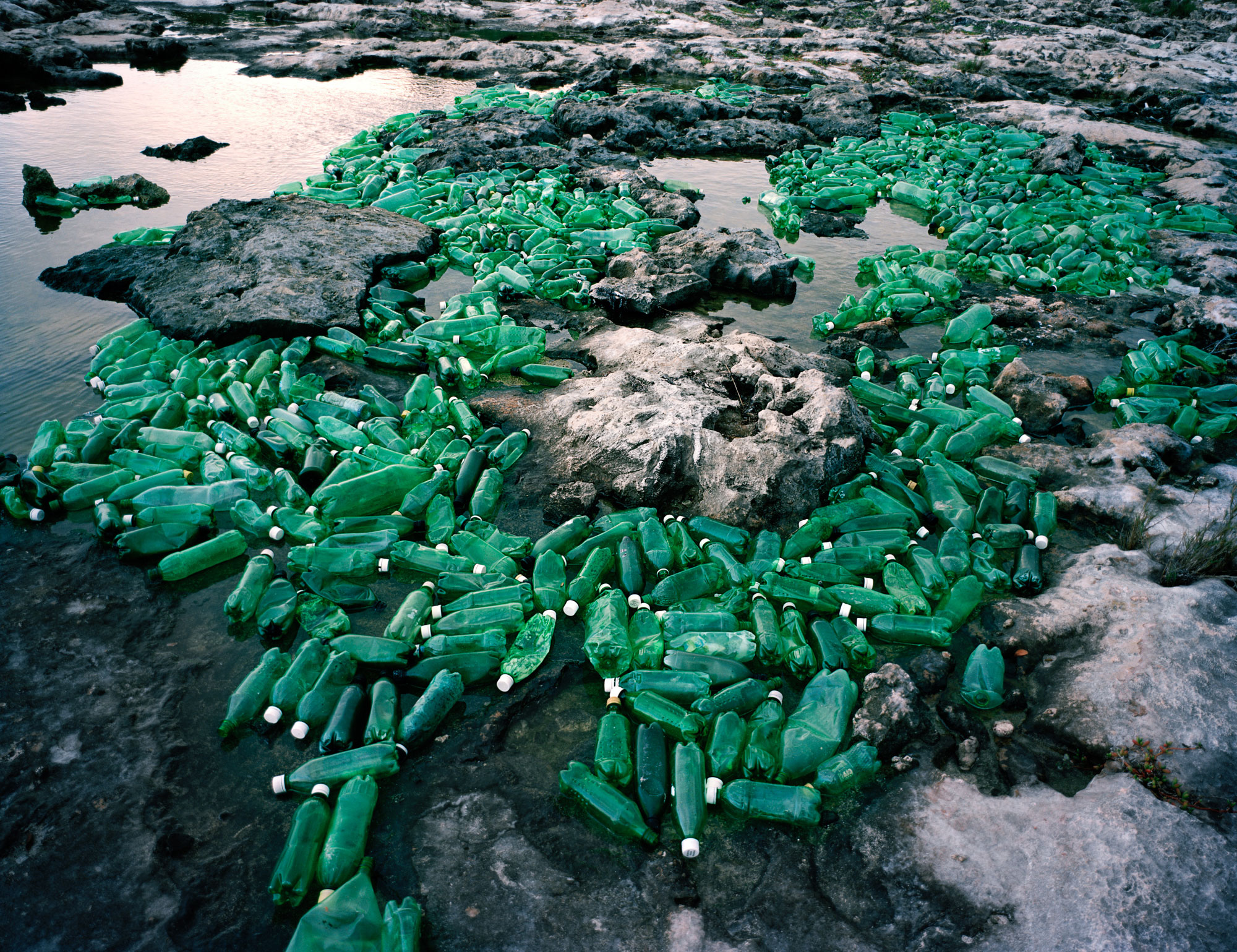
"Algae" / “The alchemy of Washed Up lies not only in the transformation of a devastated landscape, but also in the project's potential to raise awareness and change our relationship to consumption and waste”
There are, you say, so much plastic debris on the banks that you have no difficulty finding objects from the entire chromatic palette and lots of them...
After my initial disgust at seeing so much of the world’s trash washed up along the coast of a paradise in Mexico, I began to see the colors of some of the material and I decided to gather it and create art work with it. There is of course lots of bland and ugly garbage as well but I have focused on collecting the more saturated colorful pieces. Many people assume that I paint the garbage but that is not the case. I hunt and gather the colors.
If you only had to keep one photograph, which one would you choose?
Difficult question! The process of creating Amanecer (Dawn) was a special time, right after an intense storm. Nature dominates in this photo and the idea that we can weather the storm and that nature can prevail provides me with a sense of hope. Mar (Sea), 2013 is less hopeful but very powerful. I have other favorites as well, depending on my mood. Sorry, I can’t decide!
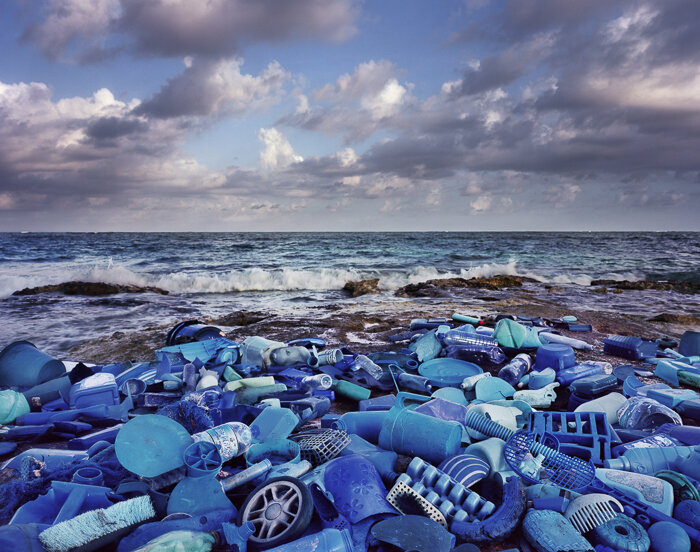
"Mar"
What is interesting in your com-mitment is that, beyond the awareness raised through the exhibition of your works, you are taking very concrete action with local communities. How does your message resonate there?
The community work is an essential part of my project. So far the project has been received warmly with communities that I have worked with in Mexico as well as New York. I have also received messages from several school groups as well as individual students from all over the world saying that they have been impacted by my work. This always inspires me to continue to work on the project.
ALEJANDRO DURÁN
Born in Mexico City in 1974, Alejandro Durán is a multimedia artist based in Brooklyn, New York. Through photography, various installations and videos, his eco-artistic work examines the intersections between man and nature, revealing in particular the pervasive impact of consumer culture on the natural world. He received the En Foco's New Works Award 2011 and the Art With Me Tulum's Social Impact Award 2018. On the international scene, his work has been presented at the Fotografie Forum Frankfurt in Germany and at Mt. Rokko International Photography Festival in Japan.